Boxing Day shopper numbers were steeply down on a two-year basis as consumer caution about the spread of the Omicron variant prompted many to stay at home.
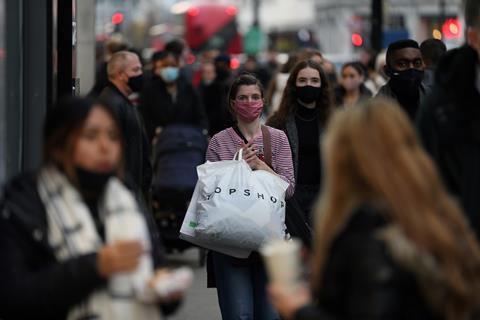
However footfall was up year-on-year, after the traditional Sales day was hit in 2020 when the outbreak was reaching new heights.
Shopper traffic across all retail destinations was down 41% versus 2019 but up 47.6% year-on-year, footfall monitor Springboard data showed.
On a two-year basis, high streets traffic was down 37.7%, shopping centres were down 48.4% and retail parks suffered a 40.2% decline.
Many big-name retailers, ranging from Sainsbury’s to Next, did not open their stores on Boxing Day this year. That reflected factors such as their wish to give staff time off, consumers taking advantage of online Sales and expectations that footfall might be weak.
Springboard insights director Diane Wehrle said: ”A major reason for the significantly lower footfall compared with 2019 will be due to consumers’ ongoing nervousness about the Covid infection rate. This will have been compounded by the fact that a few multiple retailers opted not to open on Boxing Day, which will have deterred some shoppers.
”In addition, Sunday generally has the lowest footfall on any day in the week, so a comparison with 2019 when Boxing Day fell on a Thursday will always have meant that footfall would be lower than two years ago. Despite this, most multiple retailers still opened their doors to shoppers, and the mild weather should have meant that it was easy for shoppers to visit stores and destinations.”


















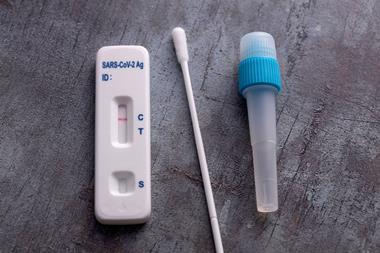
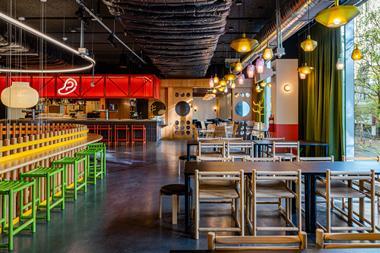
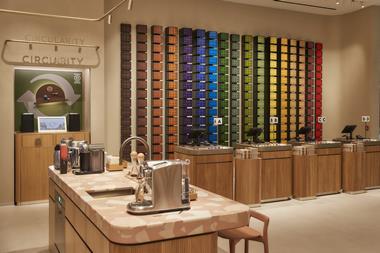

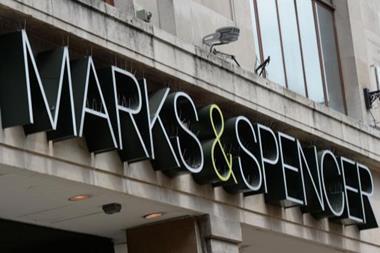
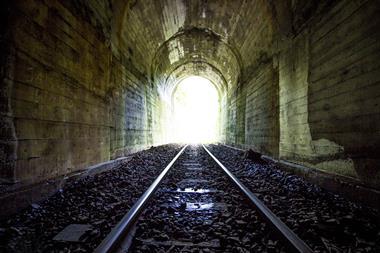
No comments yet